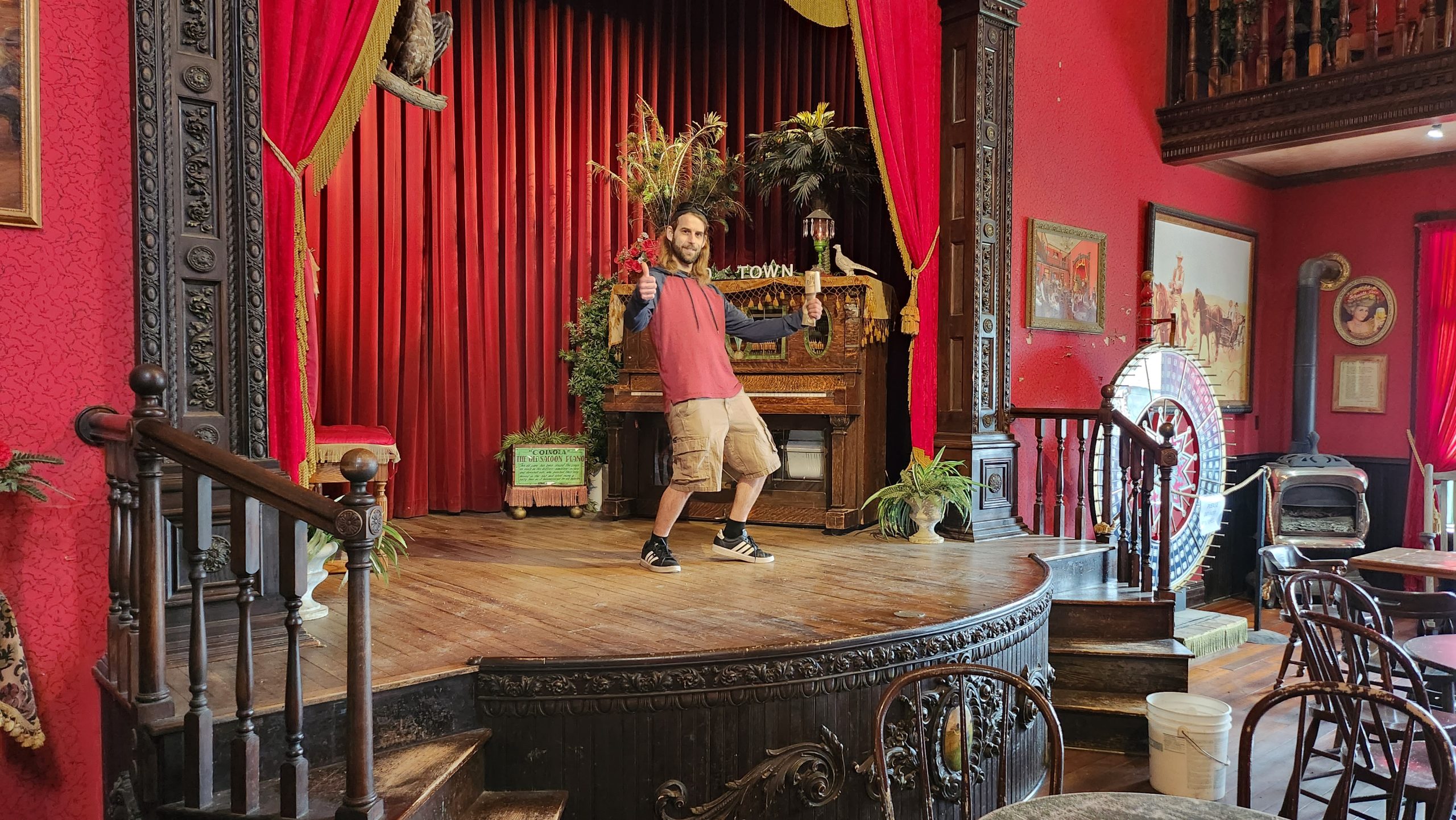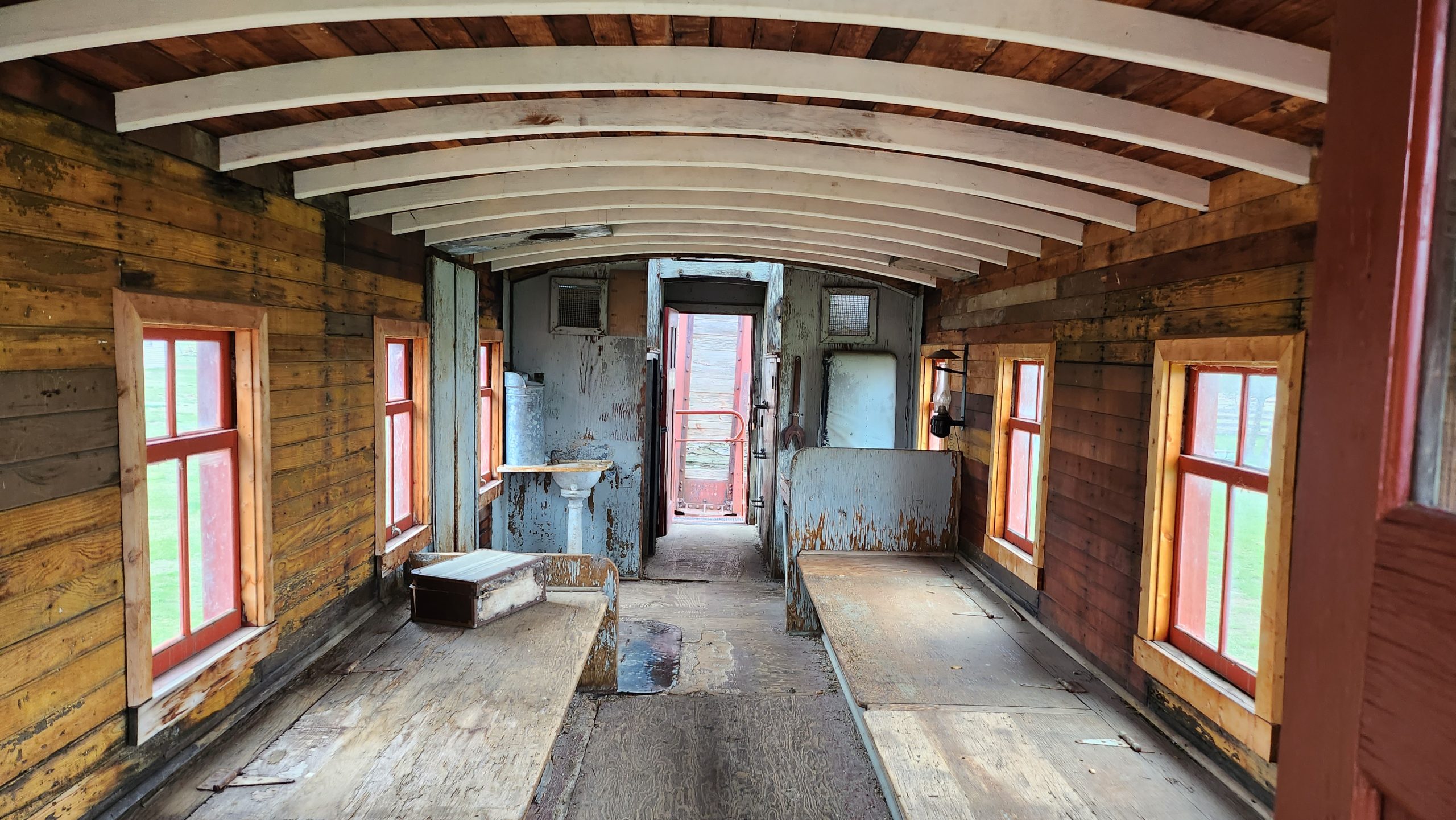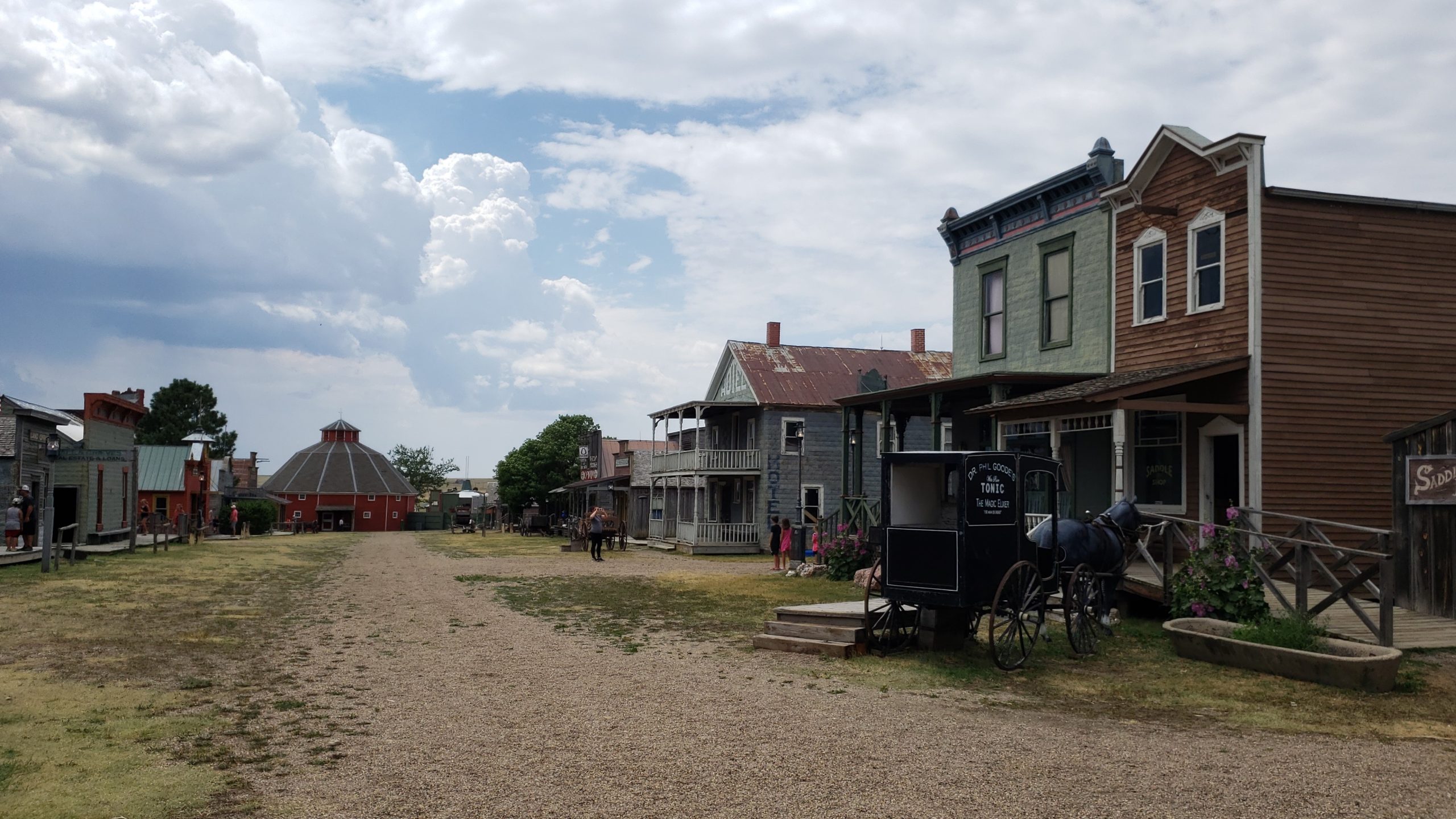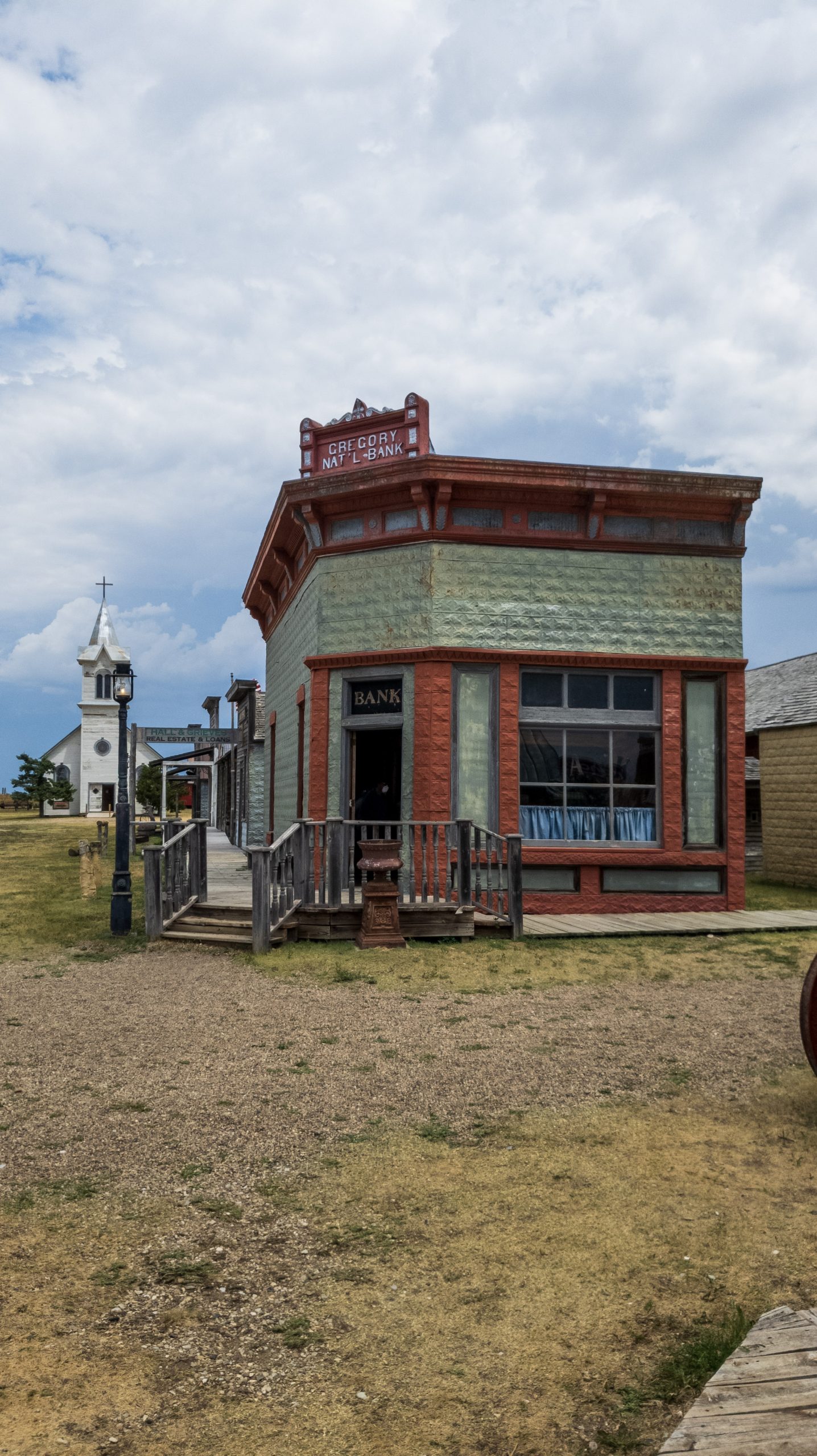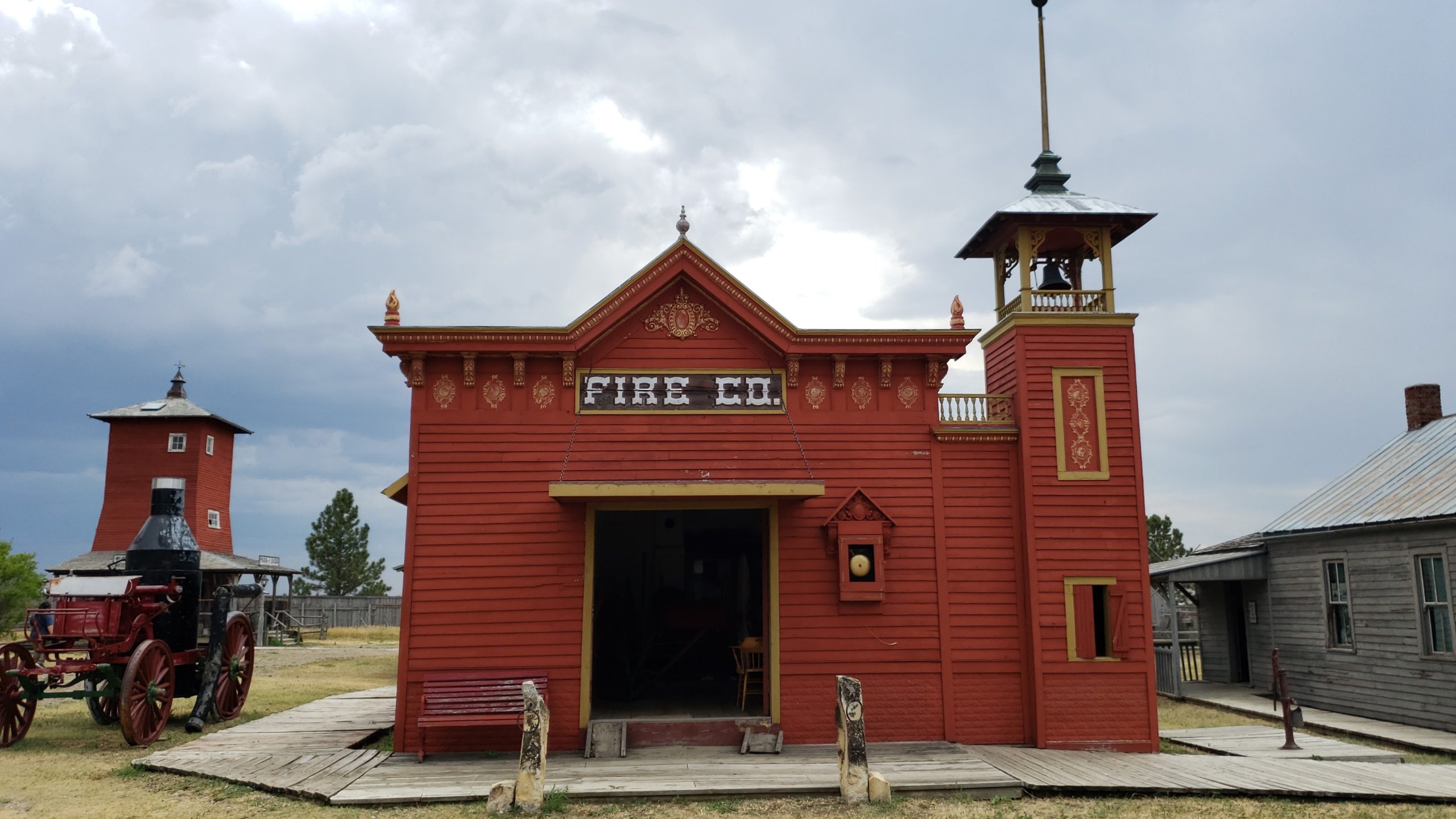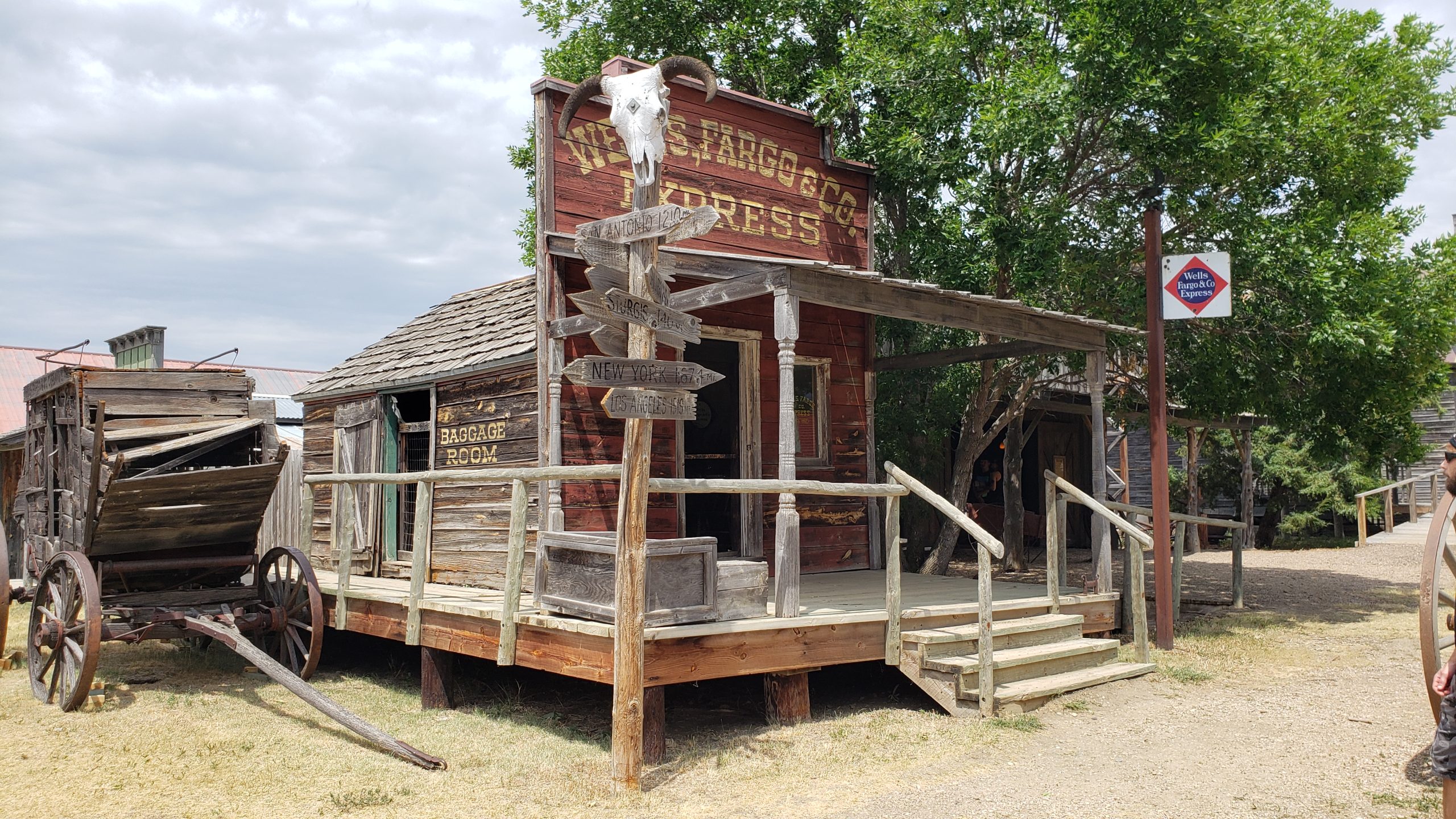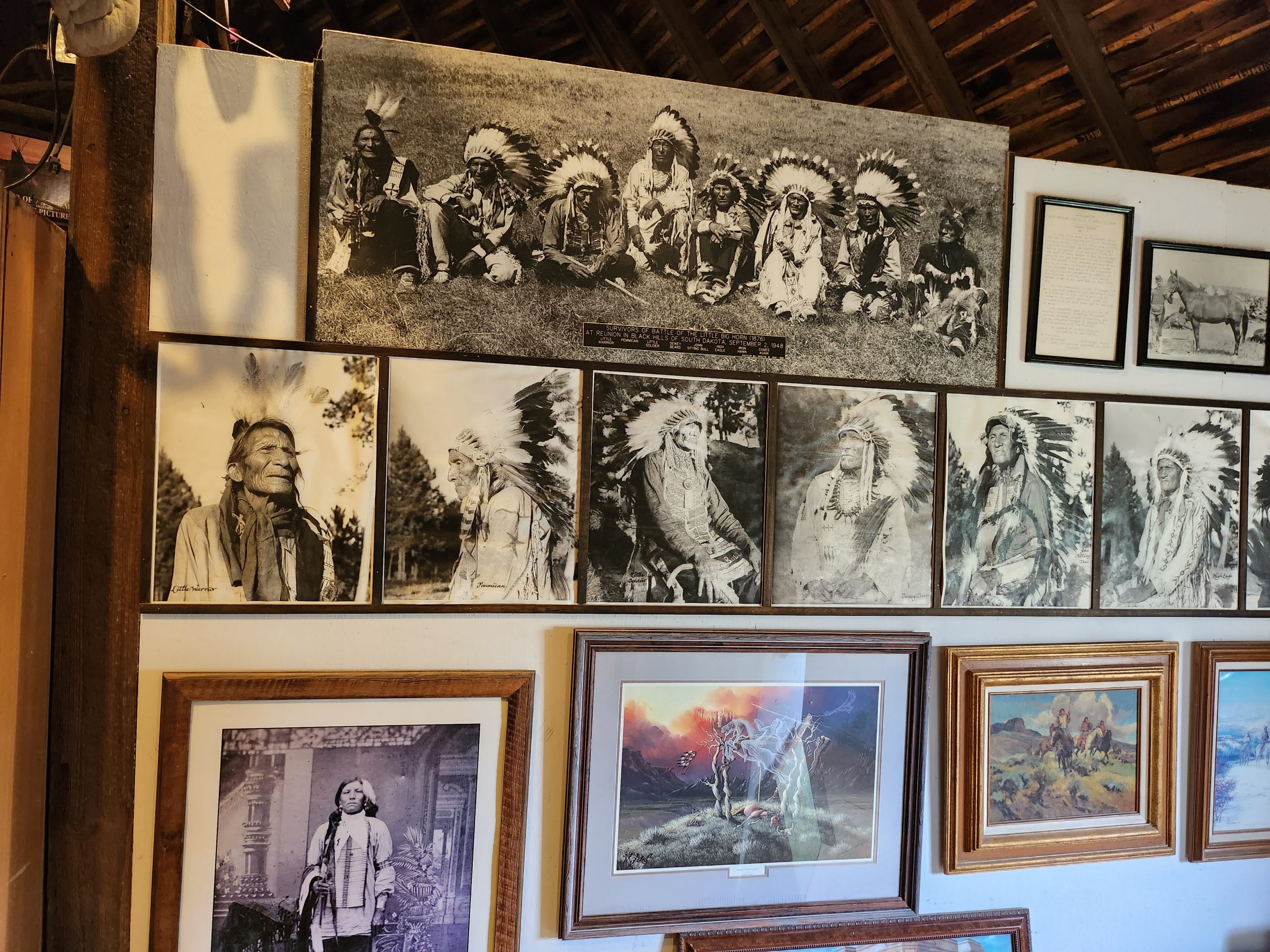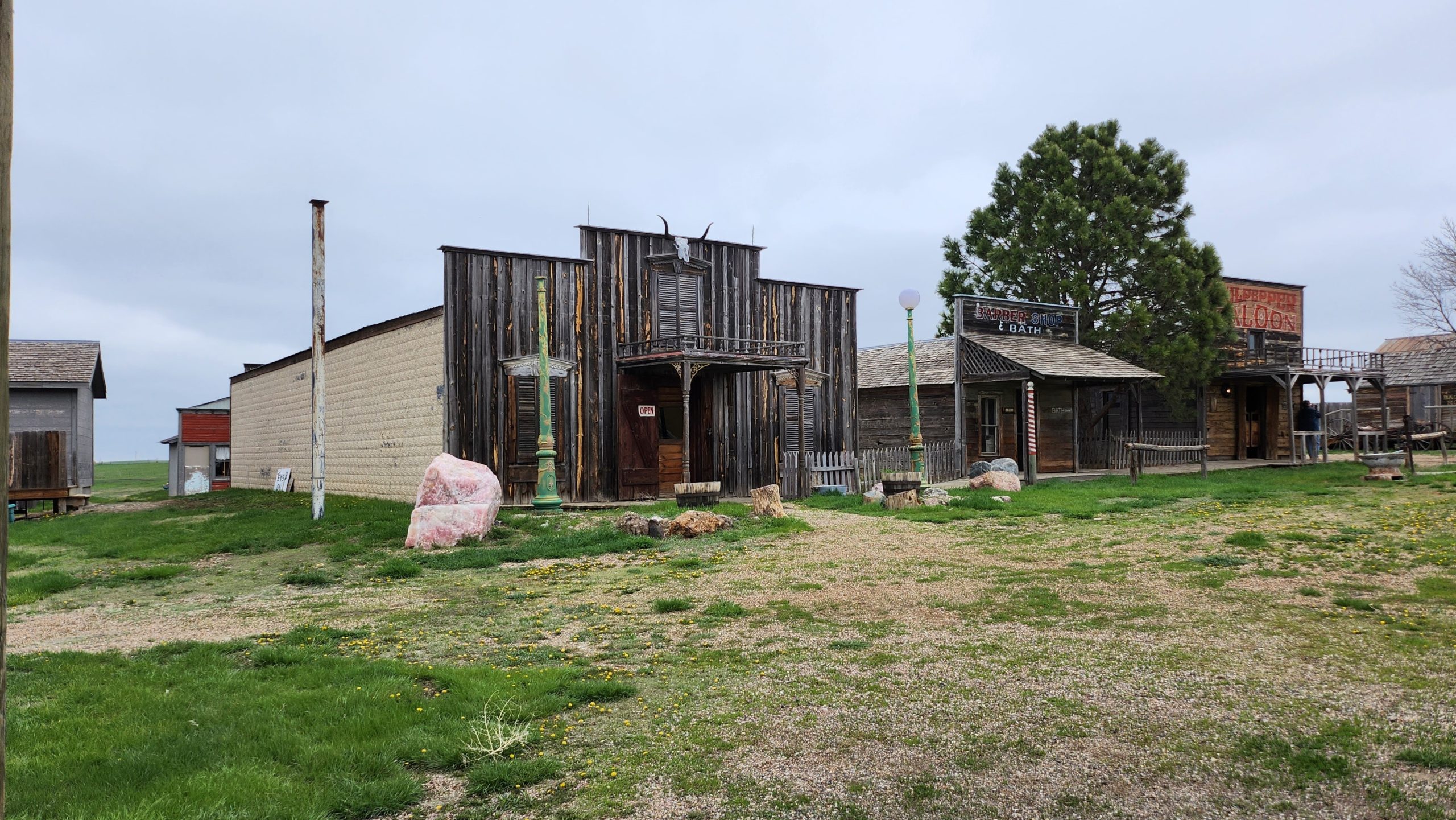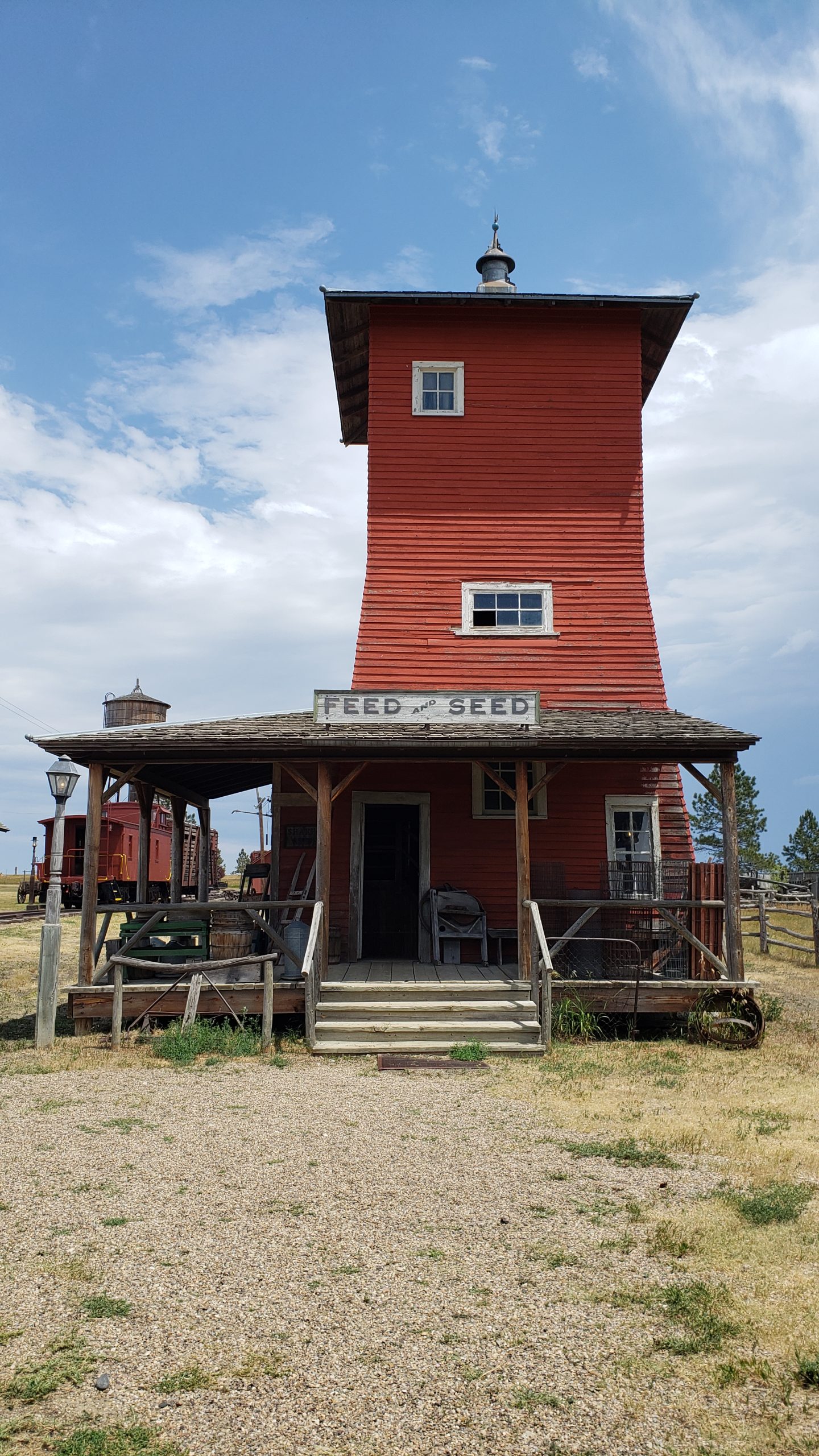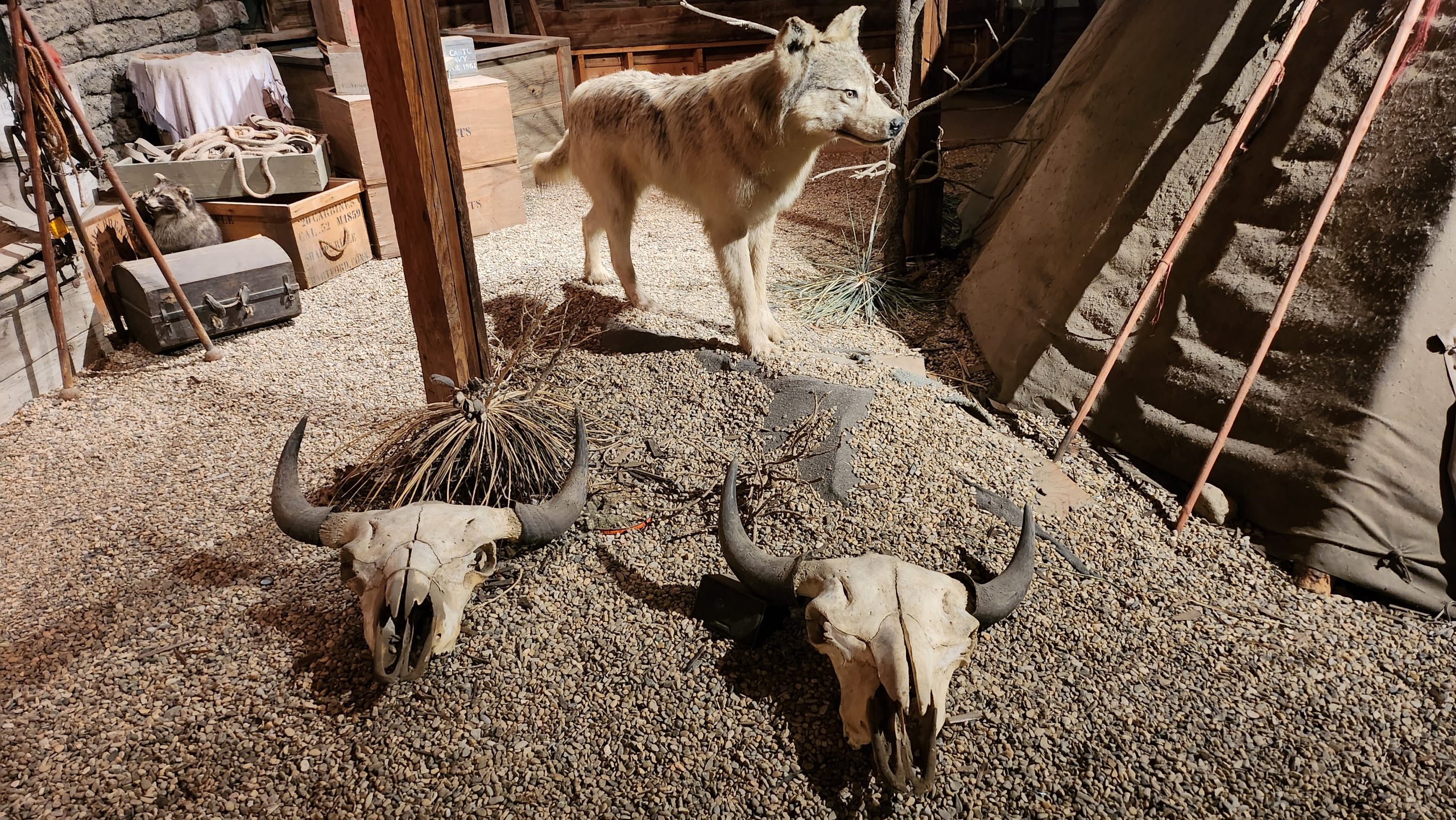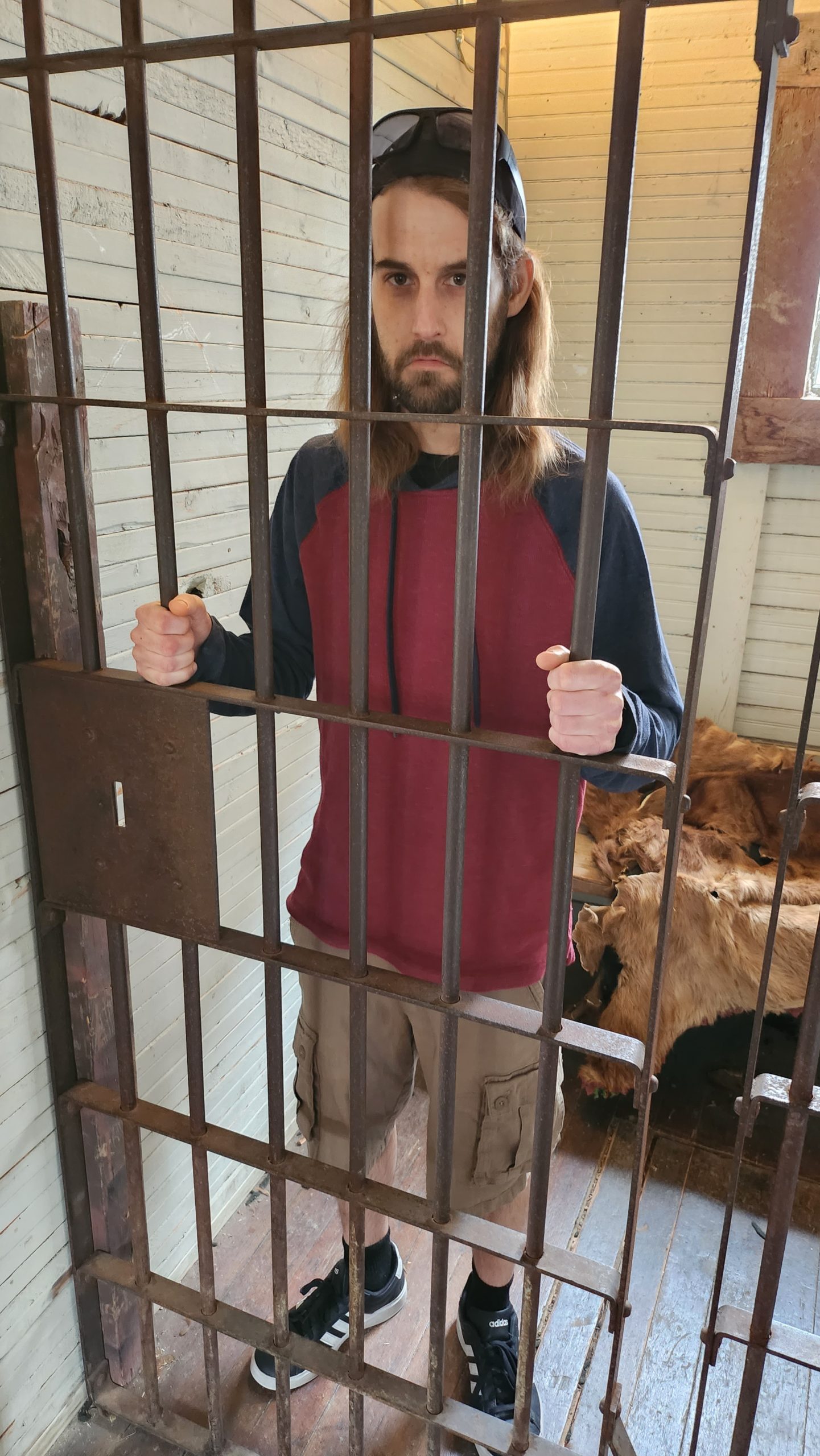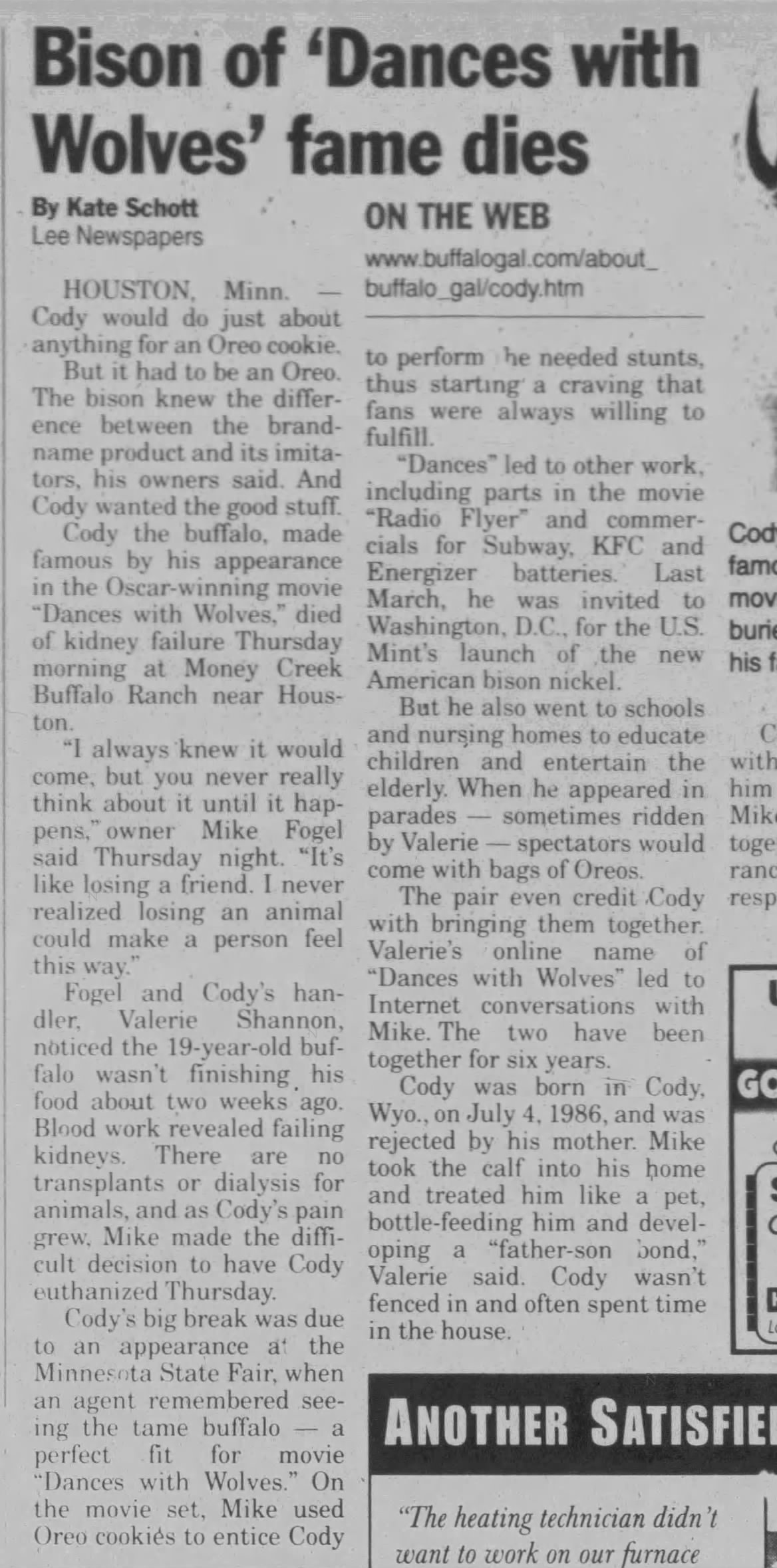The Lawman – A Deep Dive Into The Lyrics
Introduction
If you have followed our band out in the real world, you already know that we are primarily a cover band. However, in 2023, we released our first EP containing all original songs. It is my hope to release more songs in the future, but I have no timeline. We’re enjoying the journey right now, and when the time comes, we will certainly let you know. I want to start a series about the existing original songs to talk about the meaning behind the song.
Boring Hobbies and The American West
Before I get too deep into the lyrical breakdown of the song, I have to preface this post by saying that I come loaded with hobbies that would make my grandmother proud. From genealogy to boat watching, it’s the little things that give me a zest for life. A few years ago, the American Old West became the primary interest that took over a two-summer period of my life. There is a podcast called Legends of the Old West hosted by Black Barrel Media, and I fell in love with it. The podcast is structured by season with each season tackling Old West tales like Buffalo Bill Cody, the Texas Rangers, Billy the Kid, and The James-Younger Gang. That podcast, in addition to an unplanned visit to an attraction in South Dakota that I will talk about below, opened the flood gates up to a new interest that took over for a couple of years. I read every book and watched every famous western movie that I could get my hands on, and I am sure, even today, that I have only scratched the surface.
1880 Town Sparked a New Interest
I will admit that I knew very little about the history of the infamous Wild West era, and probably wouldn’t have been very interested if not for the aforementioned podcast and a visit to an unassuming dot on the map in a town called Midland, South Dakota. Midland is an interstate town on I-90 that doesn’t include much more than ranches and fields as far as the eye can see, like much of South Dakota. However, the sleepy little down does have one thing that I will never forget, and I will most certainly visit again in the future: 1880 Town.
1880 Town is a collection of buildings, artifacts, and just about anything else the mind can imagine that are from the 1880s. Most of the buildings were brought in from other locations in lieu of being destined for demolition. In addition, 1880 Town is filled with props and memorabilia from Kevin Costner’s blockbuster movie Dances with Wolves, artifacts from Custer’s Last Stand, and thousands of other pieces from the time period.
An Aside: Cody the Buffalo and Dances with Wolves
As an aside, I graduated high school in a town called Houston, Minnesota. For the most part, it’s your standard small town in rural America, but it also has its own ties to the film referenced in the last paragraph, Dances with Wolves. If you have seen the movie, you are familiar with the buffalo hunt scene, and maybe you even remember the part where a buffalo was about the charge a boy in the hunting party, and Costner’s character saved the boy. The bison credited with that scene was named Cody the Buffalo, and he was from Houston. Cody loved Oreos, and the film crew held an Oreo off camera in order to get that charging scene. Cody’s love of Oreos and his star-studded life were detailed in an article from the Winona Daily News written after Cody died in 2006.
Wild Bill Hickock’s Legacy
The murder of Wild Bill is one of the more famous legends of the West. A storied character of the time, James Butler Hickock spent time in Nebraska and Kansas as a lawman and had a reputation for being an excellent marksman. He fought in the Union army during the Civil War, and briefly “acted” (though all accounts recall Wild Bill as a terrible actor with little interest in the stage) with Buffalo Bill, whose life he had saved years when Buffalo Bill was just a young boy. While the stories he was involved in show little regard some of the questions about his character raised by historians, his reputation has survived very much intact, and he is painted as a hero to this day. In contrast to the celebrated aspects of his life, many of the shootouts that he was involved were questionable. He was also arrested for vagrancy, a crime by 1800’s standards.
I believe that he was more good than bad. Raised by a staunch abolitionist who was said to be a stop on the Underground Railroad, Hickock was a product of his time. While I feel that my last statement is overused more often than not, I do think that it is the most accurate way to describe his life.
Wild Bill was also a gambler, which would eventually lead to his downfall. As the story goes, Wild Bill arrived in Deadwood, South Dakota, hoping to stake a claim in the Black Hills. However, it would seem that he spent more time in Nuttal and Mann’s saloon playing poker than he did looking for gold.
Now that you’re briefly familiar with the story, let’s break down the lyrics.
Disclaimer
While I have tried to be as accurate as possible, please keep in mind that I have only told a small portion of this story. There are numerous sources on the subject of Wild Bill and Jack McCall, and I encourage you to research the topic if you are interested. I have researched this story thoroughly, but I have only told enough to tell the general story as it relates to this article and the song.
Lyrical Breakdown
Verse 1
Jack’s all in at the end of the line
And he can’t believe he lost every round
Bill said, “Son, can I give you advice?
Don’t bet your lot when you’re this far down.”
Say a prayer and then say good-bye
Jack McCalled decides Bill should die
Bill raised, Jack aimed.
He cocked it back
And he shot the lawman down
What It Means:
On August 1, 1876, a young man named Jack McCall filled an open seat at a poker table at Nuttal and Mann’s saloon, where we would lose all of his money in a short matter of time. Hickock gave McCall some money for breakfast the next day, and he suggested that McCall avoid playing any more poker until he could cover his losses. McCall accepted the money, but he was extremely insulted.
The next day, Hickock entered the saloon to find that his usual spot that allowed him to keep his back to the corner was already taken. His storied reputation had taught him to keep his eyes on a swivel at all times in the event that somebody would try to challenge him. Reportedly, he asked the player in the chair to switch, but he was refused. Wild Bill Hickock made a fateful decision to play with his back to the door. August 2, 1876, was Wild Bill’s last game of poker.
Ego still bruised, Jack McCall entered the bar and ordered a drink. He then stood behind Wild Bill Hickock, where he raised his pistol and shot him in the back of the head. Wild Bill died instantly as a crowd of shocked patrons gathered. McCall shouted, “damn you! Take that!,” and Hickock slumped forward. The hand he was hold was a pair of Aces and Eights. Today, that hand is known as “The Dead Man’s Hand.”
Verse 2
Run, Jack, Run
You’ve got a hell of a fight
Shot him dead while the crowd looked on
Maybe coulda made it
But the saddle couldn’t take it
They locked him up
So he’d face his wrongs
Twist the truth up into a lie
Justice here is in short supplu
It’s done, they said, “Not guilty!”
Then they ran him out of town
What It Means:
After Jack McCall shot Wild Bill in cold blood, he escaped from the saloon and tried to steal a horse. He was unsuccessful due to a loose saddle (a common practice by the rider at the time to discourage horse thefts – it worked). He was caught and locked up to face trial. However, he was acquitted, and essentially encouraged to get out of town, or vigilante justice would prevail.
Bridge/Interlude
Here lies a frontier man
Down with the Dead Man’s Hand
Bury me next to his grave
It’s all I ask
It’s all I crave
Here lies a frontier man
Down with the Dead Man’s Hand
How cruel can one man be?
I pray to God he won’t go free
What It Means:
This story also features another figure in western lore known as Calamity Jane. Born Martha Jane Canary, she was known as a foul-mouthed, drunken mess that calamity was certain to follow everywhere she went. She was absolutely smitten with Wild Bill Hickock, having accompanied has wagon load to Deadwood. It’s said that her last wish was to be buried next to Wild Bill after death, which was exactly what happened. Calamity Jane and Wild Bill Hickock are buried next to each other at Mt. Moriah Cemetery in Deadwood, South Dakota. Ironic, considering Wild Bill was married to Agnes Thatcher Lake, who resided in Wyoming while Wild Bill was in Deadwood attempting to seek a fortune by way of striking gold in the Black Hills.
Since most people don’t talk about Wild Bill’s death without also talking about Calamity Jane’s role in his life, I thought it was fitting to put a bridge into the song that I like to think of as “Calamity Jane’s Lament.”
My dad was still alive when I wrote the first version of this song, and he thought that this part of the song could have been a whole separate song. I think he made a strong point, but it was too intertwined with the rest of the story to take it out.
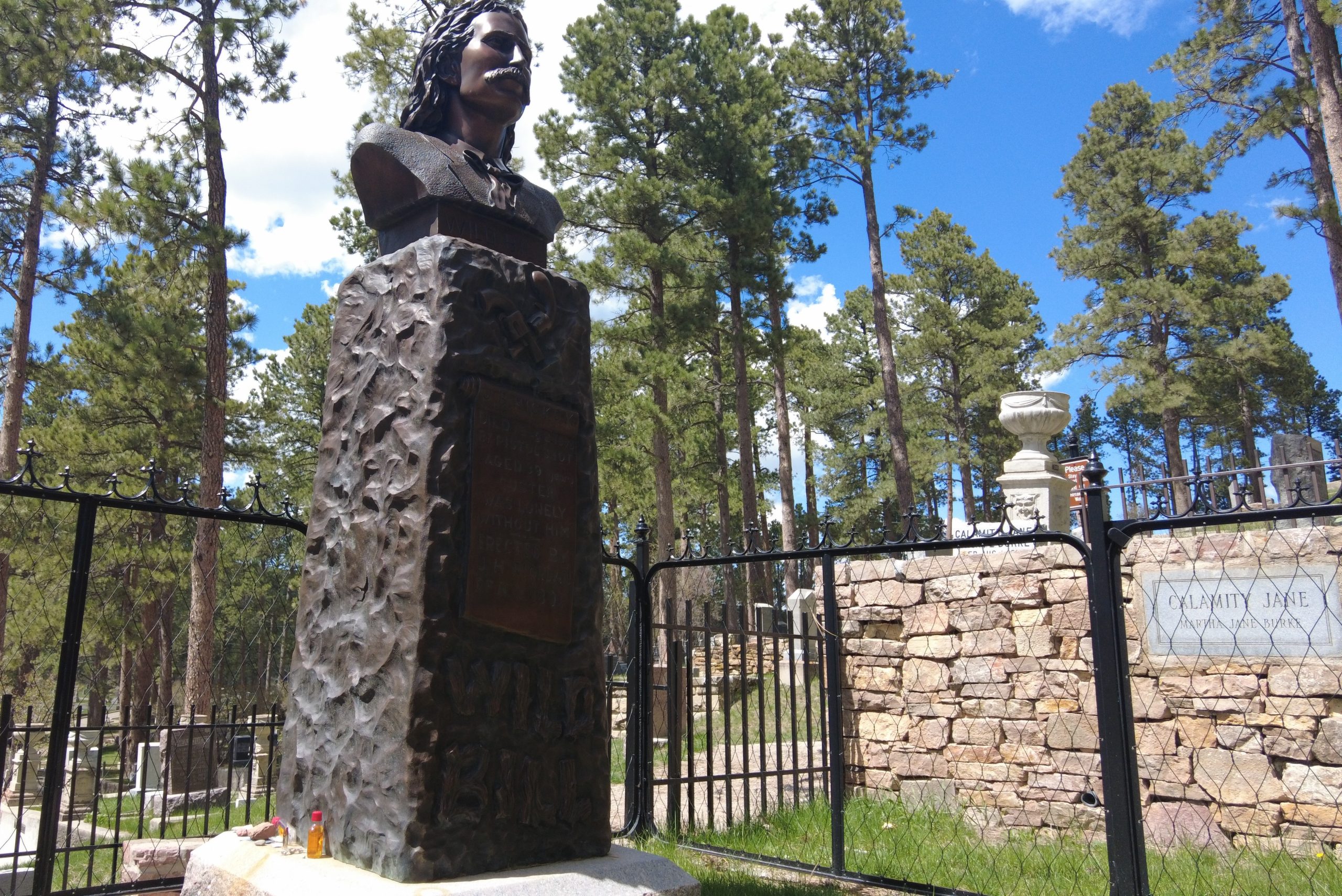
Instrumental
There is an instrumental right after the bridge that it worth noting to me for one specific part that could very easily be overlooked. When we were preparing to go record this song at the Azyl Valley Studio, I told Will, our guitar player, that I wanted the instrumental to mimic a famous sound effect that is associated with Western culture. You can play it below, but you have definitely heard this sound effect at least.
Incorporating Wild West Influences Into The Song
When Will was working on a guitar solo for this section of the song, he asked what I thought would sound good. I’ll admit, I really didn’t have a solid answer for him, but I did send him this sound clip and tell him that I wanted him to try to incorporate that sound into his solo. When you listen to the song, can you hear it?
Verse 3
Jack left town by the crook of his nose
Talkin’ tough so the story goes
Made it to a border
Where the law is kept in order
Save the bragging rights for the far west coast
Say a prayer and then say good-bye
Tried to run, but he couldn’t hide
The court has ruled. It’s over!
Then they put him in the ground
What It Means:
McCall, known as “Crooked Nose” (“Jack left town by the crook of his nose”) ran to Yankton, Wyoming, where he bragged (talkin’ tough, so the story goes) that he had shot the legendary lawman and gunslinger. At the time, Deadwood was not recognized as a legitimate US city, and the trial was not recognized as valid as the Black Hills were treatied to Native American tribes (“made it to a border where the law is kept in order…”). McCall was retried in Wyoming and convicted. He was hanged in Yankton, and it is said that he was buried with the noose still around his neck.
Conclusion
The Lawman, while not the most popular original song when compared to the rest of our recordings, is one of my favorites because it tells a story about a subject that I am deeply interested in. Creatively speaking, it was more the telling of a true story rather than making up a concept in my head, which presented its own challenge while writing. In this situation, I aimed to tell the story to the best of my ability while still keeping the details as true to the actual events as possible. I enjoyed that challenge, and I hope to write more in the same vein. I also had fun with this because it was written as a direct result of visiting the area in which the events took place, as detailed by the pictures that I have added to this post. I hope that you appreciate the story of Jack McCall and Wild Bill Hickock as told in our song. If you would like to hear me, please visit our Spotify profile, and have a listen!
If you enjoyed this article, please leave us a comment and sign up for our email list so you don’t miss a single post! In addition, you can bookmark the blog, and visit any time! Thank you for all of your support over the years – both with our live music performance and all of the online support you have shown. We will see you again soon!
